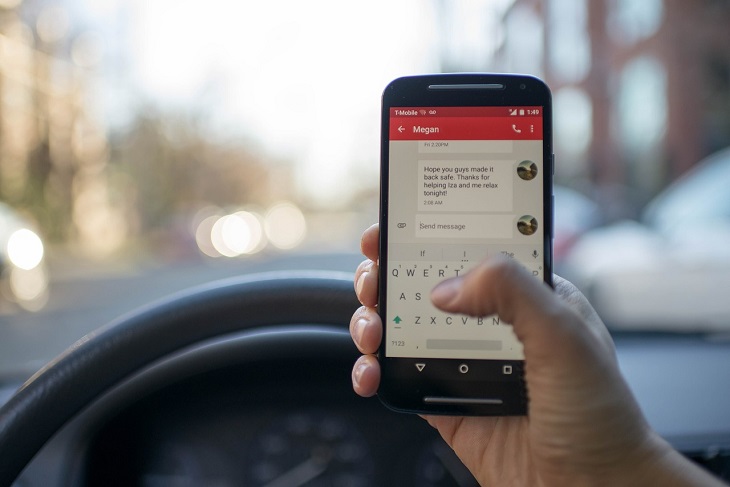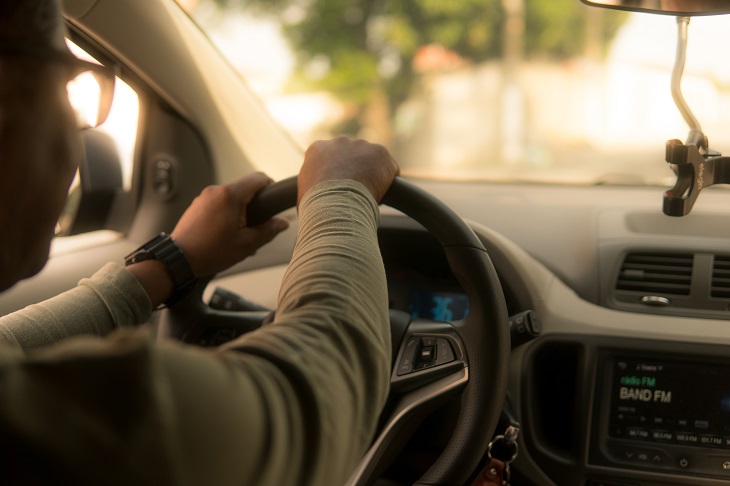You’re cruising down the highway, with a long drive ahead of you. You slowly notice that your eyes are starting to close, and before you know it you’re veering into the lane next to you. So why is driving so tiring? And what can you do to stay alert behind the wheel?
All drivers quickly learn that driving can be both mentally and physically tiring, especially at night. This can often be due to a combination of factors, including driver fatigue, lack of sleep, or even certain medications. Research has even shown that the low-frequency vibrations of our cars can make us tired, inducing sleepiness – if you’ve ever lulled a baby to sleep in a car, you can relate!
Wondering “How can I stop being so tired while driving?” Here are a few tips on how to avoid getting sleepy behind the wheel, helping you stay safe and in control.
Know the warning signs of driver fatigue
Why does driving make you so tired? Often, it’s because you were already tired when you got in the car. To avoid getting too tired while you drive, make sure you’re familiar with the signs of driver fatigue. It’s most frequently experienced on long road trips, as sitting in the car for hours on end can be exhausting.
If you notice yourself yawning, feeling stiff or cramped, or your eyes feel sore, these are signs that you need a break. Or you might notice that your reaction times have slowed down, you’re daydreaming and not focused on the road, or you’re having trouble keeping your head up – these can also indicate that it’s time to pull over.

Sleep well the night before
One of the best ways to prevent driver fatigue is by sleeping well the night before. Get a solid eight hours, at least, and try to avoid alcohol or stimulants, as these can impact your sleep quality. If you’ve had too much alcohol the night before, you can still read over the legal limit the next morning, so this is the last thing you want to do before a long drive.
It’s best to start road trips in the morning, when you feel fresh. Don’t start off on a long drive in the afternoon, after an eight-hour shift – you’re setting yourself up for failure.
Take regular breaks
On long drives, it’s helpful to take breaks about every two hours. Pull over, get out of the car, stretch, and give your eyes and mind a break from the concentration of driving.
This gives you a much-needed break and you should feel more refreshed when you start driving again. Some drivers might find it tempting to stock up on coffee and sweet treats when they take breaks, but healthier snacks are always better; the inevitable sugar crash a few hours later can leave you feeling tired and groggy.
Most drivers find that around 8–10 hours of driving is more than enough – if you need to drive more than that, it’s best to stop overnight halfway.
Share the driving
A great way to avoid fatigue is to share long drives with someone else. Is driving mentally exhausting? Yes – many drivers find that the repetitive nature of highway driving, the constant focus, and the mental energy it requires leaves them worn out at the end of the day.
If you can share the driving with a friend, it allows you to rest, take a nap, or just give your eyes and brain a break. Having company in the car can also help you stay awake, since you’ll have someone to talk to and pass the time. Even better, you can split the cost of gas!
Try not to drive at night
If all possible, try to avoid driving at night. You’re likely to be tired from a long day, and decreased visibility makes it harder to stay safe on the road.
The night skies also attract lots of wildlife to the road, so in rural areas, nighttime driving can increase your risk of an accident.

Talk to your doctor
If you’re doing all the right things, but you still feel exhausted by driving, you might want to talk to your doctor to learn more. Sometimes, fatigue can be a side effect of medication or a health condition, so medical care can allow you to manage it safely.
A medical checkup can help you learn more, working out what might be causing you to feel so tired behind the wheel. Even if you have a chronic health condition, like breathing difficulties, it’s still possible to enjoy the fun of driving. Your doctor can talk to you about special considerations or alterations you can make to the way you drive that it can make it safer and easier for you.
Driving is one of the best ways to get around town, and for many people, it gives them a strong sense of independence and freedom. However, for your own sake and for the drivers around you, always take care to avoid driver fatigue. You want to stay alert and focused so that you can safely enjoy driving for many years to come.







